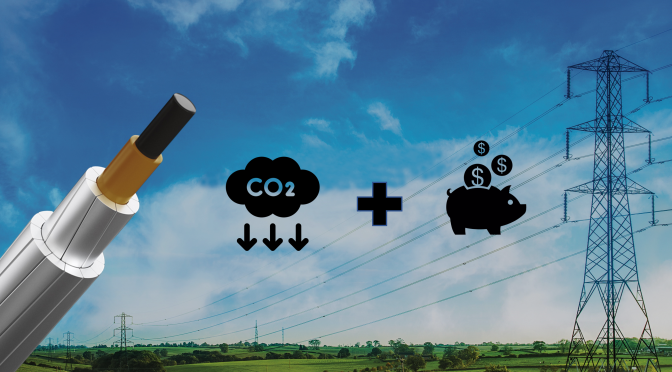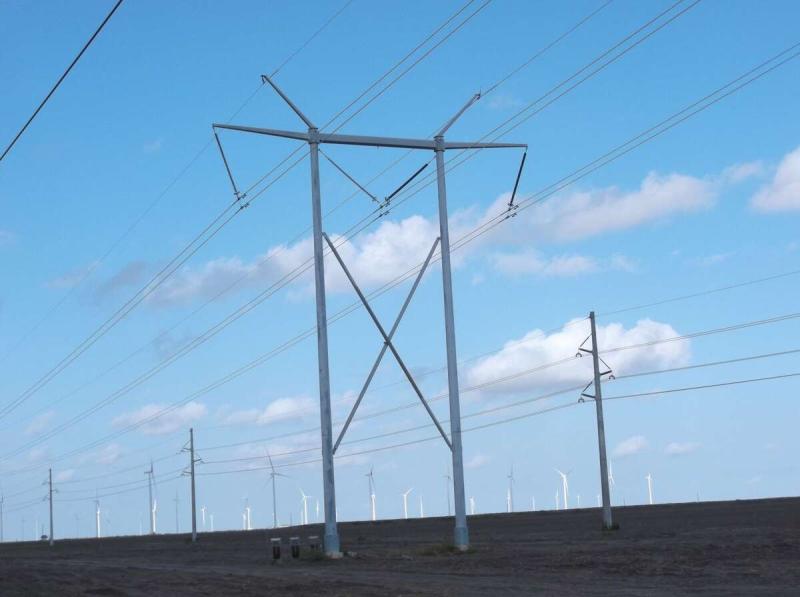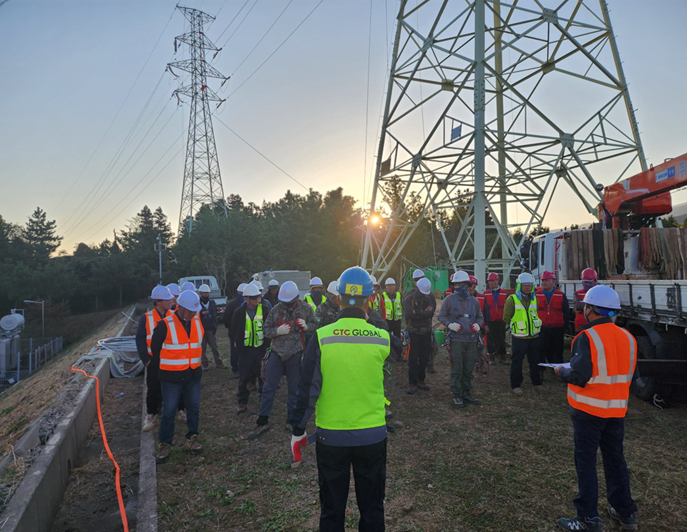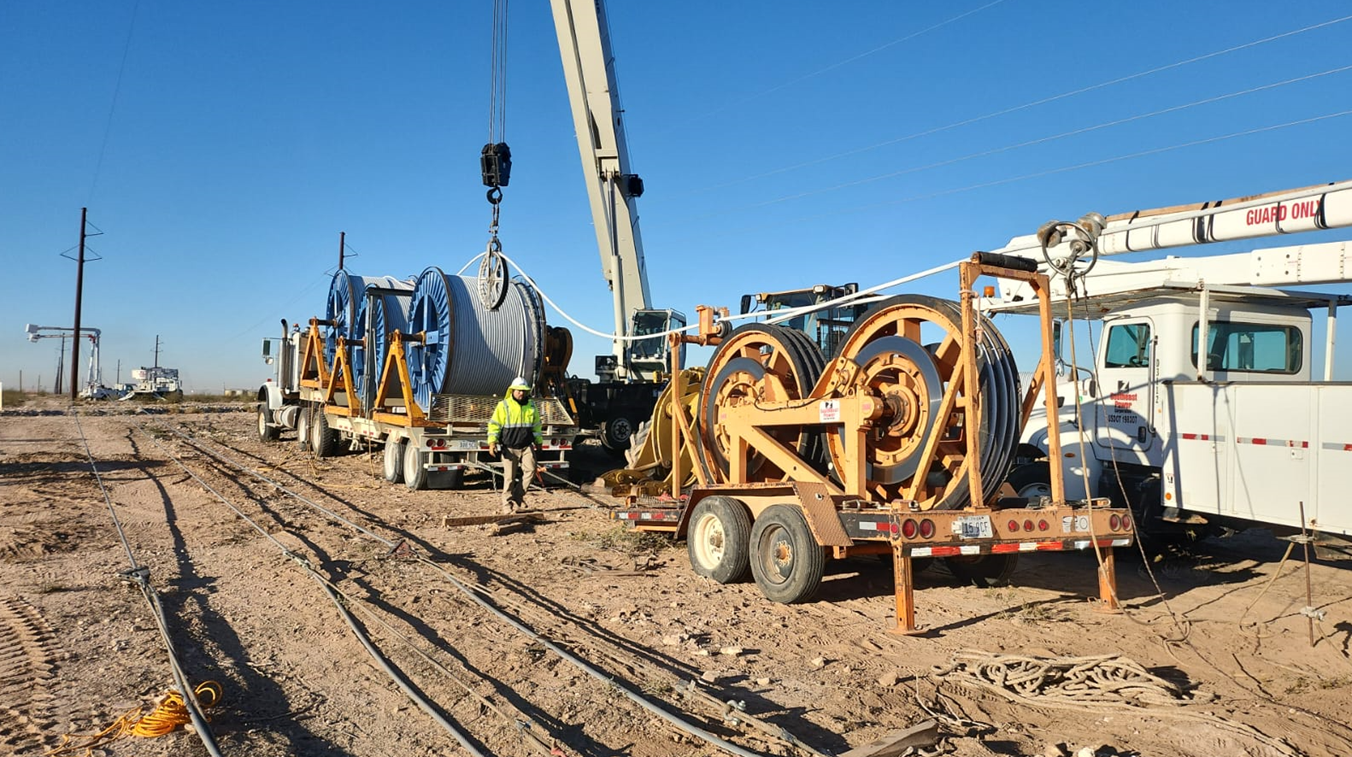Between 2005 and 2010, the newly introduced ACCC® Conductor was used to increase the capacity of 3,500 circuit kilometers of transmission lines in a handful of countries. Today, over 27,000 circuit kilometers of ACCC Conductor are in service in 51 countries (as of 12/2019). While the ACCC Conductor was initially deployed to increase the capacity of existing transmission lines to alleviate congestion, mitigate sag clearance violations, accommodate load growth and enable the integration of renewables, its improved conductivity is also reducing electrical line losses which serves to reduce fuel consumption and associated CO2 emissions— subsequently helping combat climate change.
Based on the International Energy Agency’s “Global Energy & CO2 Status Report” of March, 2019 (using 2018 data), which reports that the average CO2 emissions created from all combined sources of generation is 475 grams (1.047 pounds) per kWh, the ACCC Conductor is currently reducing CO2 emissions by over 2.6 million metric tons per year. This is the equivalent of removing nearly 600,000 cars from the road. The cumulative CO2 reductions saved via the use of the ACCC Conductor exceeds 12 million metric tons.
To put this in perspective, consider the cost of purchasing 600,000 electric cars. Assuming they were powered by 100% renewable energy and the cost per vehicle was $30,000 dollars, that would represent an $18 billion dollar investment. Assuming the average cost of installing ACCC Conductor is $100,000 per circuit kilometer, the all-in cost would be $2.7 billion dollars – a fraction of the cost, with arguably far greater benefits.
While the efficiency of the grid previously had taken a back seat to the efficiency of generators, transformers and demand side appliances, entities such as the Asian Development Bank and World Bank are now funding transmission projects not only to support economic development, but also specifically to achieve emission reduction objectives.
This is a very good thing and CTC Global is ramping up its production to meet the challenge. Please give this some thought as you contemplate upgrading your transmission system. If you’d like more information please call us or email [email protected]






